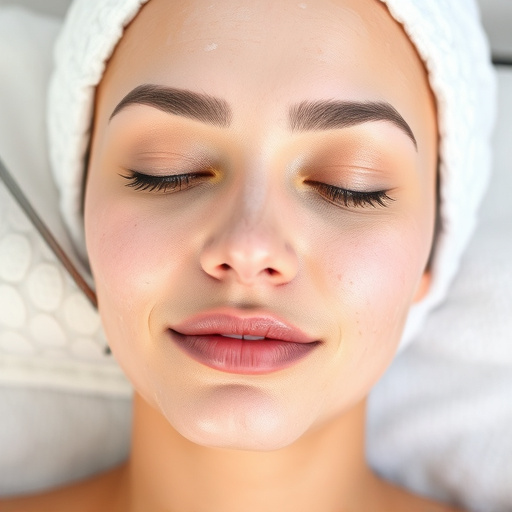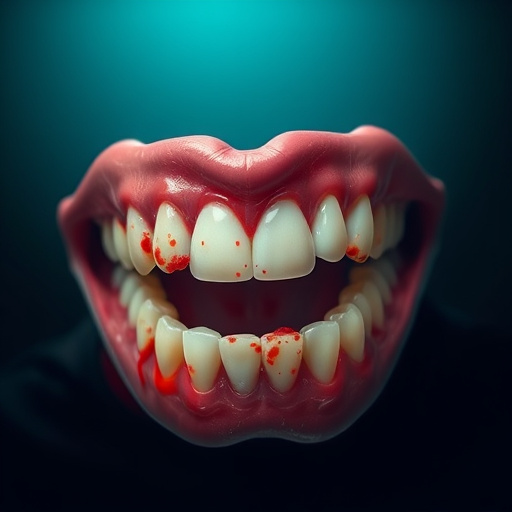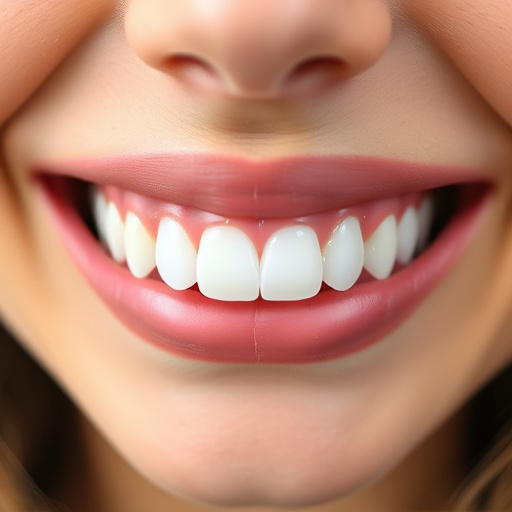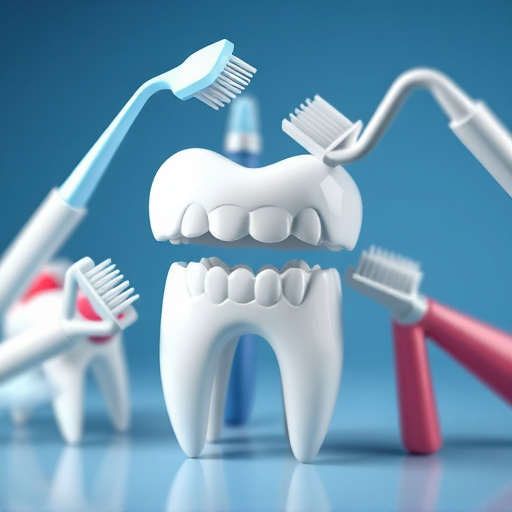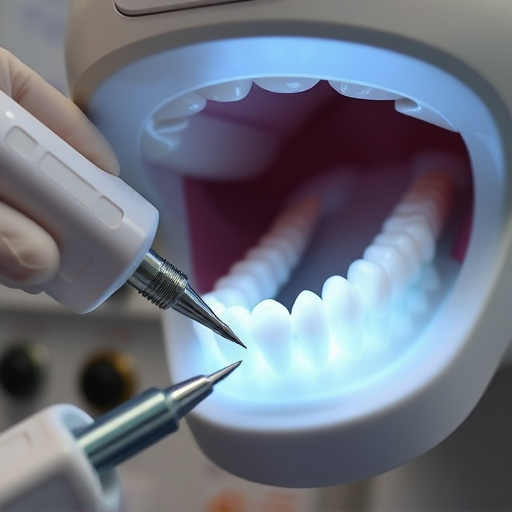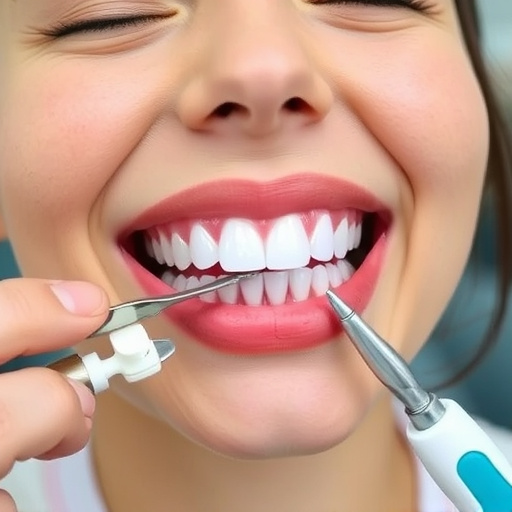Teeth grinding (bruxism) is a common yet serious condition caused by stress, anxiety, sleep disorders, or medical issues like depression and sleep apnea. It leads to enamel wear, tooth sensitivity, chipping, and cracking if untreated. Effective teeth grinding treatment involves both dental and medical approaches: dentists repair damaged teeth with procedures like crowns, while medical professionals address root causes through mouth guards and collaborative care. This integrated strategy, combining general and preventive dentistry with advancements in various dental fields, offers holistic solutions tailored to individual needs, enhancing long-term outcomes and improving patients' quality of life.
Teeth grinding, or bruxism, is a complex condition affecting millions. Beyond mere annoyance, it can lead to significant dental and medical issues. This article delves into the intricate relationship between dental and medical care in treating teeth grinding. We explore causes, from stress to sleep disorders, and the profound impact on oral health. Understanding this integrated approach is crucial for effective management, revealing potential benefits and future directions in combined dental-medical care for teeth grinding treatment.
- Understanding Teeth Grinding: Causes and Impact
- Integrating Dental and Medical Approaches for Effective Treatment
- Potential Benefits and Future Directions in Combined Care
Understanding Teeth Grinding: Causes and Impact
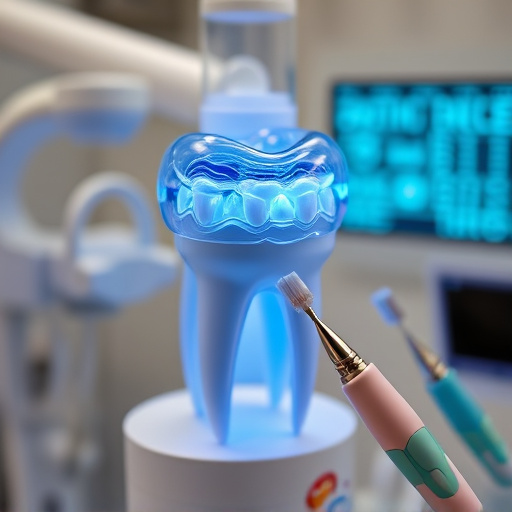
Teeth grinding, or bruxism, is a common condition characterized by the repetitive clenching or grinding of teeth. This often occurs during sleep but can also happen throughout the day. While it might seem like a harmless habit, chronic teeth grinding can lead to significant dental and overall health issues. The impact starts with wear and tear on tooth enamel, leading to increased sensitivity and potential tooth erosion. Over time, it can cause severe damage, including chipping, cracking, or even breaking teeth.
The causes of teeth grinding are multifaceted. Stress, anxiety, and certain sleep disorders play a significant role. Additionally, some medical conditions, such as depression, anxiety disorders, or sleep apnea, have been linked to bruxism. In some cases, it can be a side effect of certain medications or an underlying neurological disorder. Recognizing the signs and addressing the condition promptly is crucial for effective teeth grinding treatment. Restorative dentistry procedures, like dental crowns, can help repair damaged teeth, while addressing any underlying medical issues may require collaborative care between dental professionals and medical practitioners.
Integrating Dental and Medical Approaches for Effective Treatment
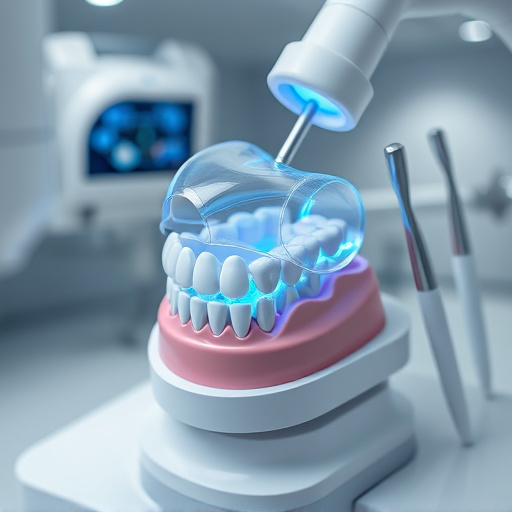
Combining dental and medical care is a holistic approach that offers a more comprehensive solution for teeth grinding treatment. While general dentistry focuses on the structural health of teeth, addressing issues like chipping or wear, preventive dentistry emphasizes maintaining oral health through regular check-ups and cleaning. Integrating these practices with medical interventions ensures a multifaceted strategy.
Medical professionals can prescribe treatments such as mouth guards to protect teeth during sleep, while dentists can provide expert care for tooth repair and adjustments. This collaboration ensures that the root causes of teeth grinding, often linked to stress or underlying health conditions, are addressed alongside the dental aspects. Such an integrated approach enhances overall treatment effectiveness, contributing to better long-term outcomes for patients suffering from teeth grinding.
Potential Benefits and Future Directions in Combined Care
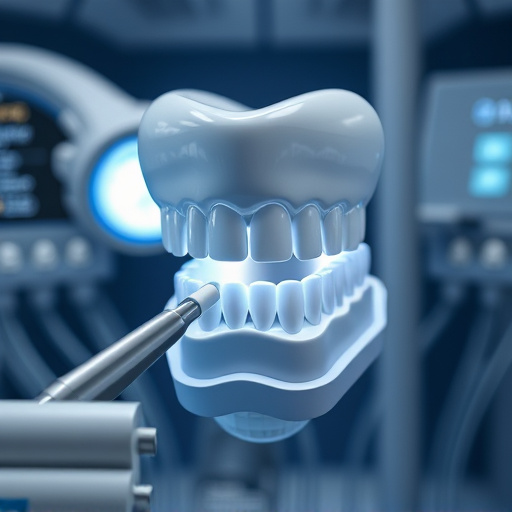
Combining dental and medical care for teeth grinding treatment presents several potential benefits. When both fields work together, they can offer a more comprehensive approach to addressing the root causes of bruxism. For example, while dentistry focuses on oral health aspects like adjusting bite alignment, cosmetic fillings, or even night guards, medicine can target any underlying physical or psychological conditions contributing to teeth grinding. This integrated care ensures patients receive holistic solutions tailored to their unique needs.
Looking towards the future, combined dental and medical care for teeth grinding treatment holds promise in enhancing patient outcomes and improving quality of life. Advances in cosmetic dentistry and children’s dentistry, coupled with a deeper understanding of bruxism’s multifactorial nature, could lead to more effective prevention strategies and personalized treatments. Additionally, research into novel therapies and innovative materials, such as advanced cosmetic fillings, may further revolutionize how we approach teeth grinding management.
Combining dental and medical care represents a promising approach in treating teeth grinding, addressing both the physical and psychological aspects of this condition. By integrating advanced dental techniques with comprehensive medical strategies, healthcare professionals can offer more effective solutions to patients suffering from bruxism. This multifaceted treatment approach not only aims to alleviate symptoms but also prevents further damage, improving overall oral health and quality of life for individuals affected by teeth grinding. As research continues to explore the benefits of combined care, it holds significant potential for transforming the way we manage this common yet often overlooked disorder.

